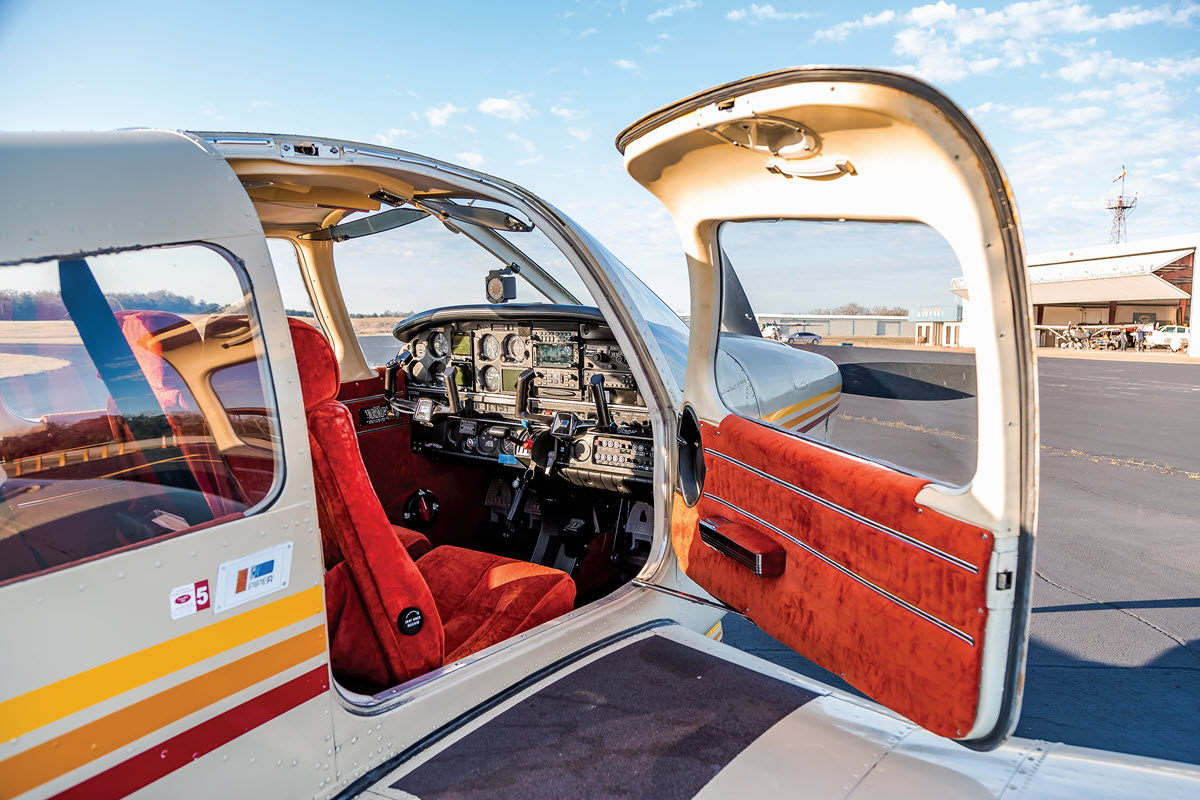Essential Tips for Piloting a Piper Dakota Safely
Flying a Piper Dakota, a popular single-engine aircraft, can be an exhilarating experience. However, to ensure a safe and successful flight, pilots must be well-versed in the aircraft’s unique features and operational procedures. This article offers essential tips for piloting a Piper Dakota, focusing on mastering the basics of flight and prioritizing safety at every stage of your journey.
Mastering the Basics: Flying a Piper Dakota Right

Understanding the fundamentals of flying a Piper Dakota is crucial for any pilot. First and foremost, familiarize yourself with the aircraft’s specifications. The Piper Dakota, known for its robust design and reliability, features a 235-horsepower Lycoming engine and a maximum takeoff weight of around 3,000 pounds. With a cruising speed of about 140 knots and a range of 700 nautical miles, it’s important for pilots to remember these parameters to effectively plan their flight routes and fuel consumption.
Pre-flight checks are another cornerstone of mastering the Dakota. Conduct a thorough inspection of the aircraft before each flight, paying particular attention to the engine, control surfaces, fuel levels, and avionics systems. A well-executed pre-flight check ensures that any mechanical issues are identified and resolved before takeoff, thereby reducing the risk of in-flight complications. In addition, pilots should review the Dakota’s operating handbook and aircraft checklists regularly to maintain a high level of readiness and familiarity with emergency procedures.
Finally, practice makes perfect when it comes to flying proficiency. As a pilot, logging regular flight hours in a Piper Dakota helps in honing your skills and building confidence. Consider working with a certified flight instructor if you are new to the Dakota or if it’s been a while since your last flight. Through structured training, you can receive valuable feedback and guidance tailored to the Dakota’s specific flight characteristics, which will aid in mastering its handling and performance nuances.
Safety First: Expert Tips for Piloting Success

Prioritizing safety is paramount when piloting a Piper Dakota. Start by maintaining situational awareness at all times. This involves being constantly aware of your position relative to the ground, other aircraft, and potential weather changes. Utilizing tools such as GPS and communication equipment can greatly aid in navigation and coordination with air traffic control (ATC), ensuring a safe passage through shared airspace.
Weather is a critical factor in flight safety, and understanding how it impacts a Piper Dakota is essential. Given the aircraft’s relatively light weight, it is more susceptible to turbulence and wind shear. Always check weather forecasts and advisories before flight, and be prepared to adjust your plans accordingly. Avoid flying in conditions that exceed your experience or the Dakota’s operating limitations, as this prevents unnecessary risk and enhances overall flight safety.
Finally, always be prepared for emergencies. While the Piper Dakota is a reliable aircraft, unforeseen situations can still arise. Familiarize yourself with emergency procedures, such as engine failure protocols and forced landing techniques. Regularly practicing simulated emergency scenarios can help ensure that you remain calm and composed when handling real-life emergencies. Additionally, consider investing in personal safety equipment, such as a portable oxygen system for high-altitude flights and a personal locator beacon, which can be invaluable during unexpected situations.
Flying a Piper Dakota is a rewarding experience, offering both recreational and practical benefits. However, ensuring a safe and enjoyable flight requires mastering the aircraft’s basics and prioritizing safety throughout. By thoroughly understanding the Dakota’s operational guidelines and consistently applying expert safety measures, pilots can confidently navigate the skies, knowing they are well-prepared for any challenges that may arise. Always remember, safety in aviation is not a destination but a continuous commitment to learning and improvement.



